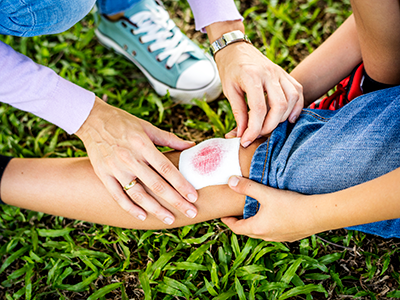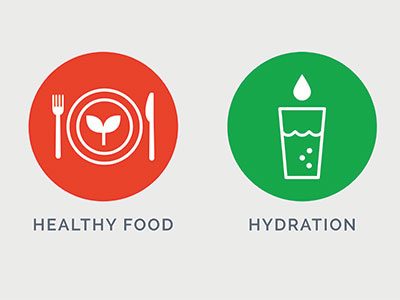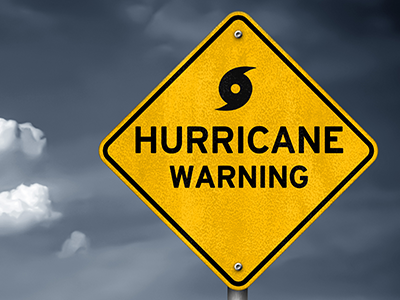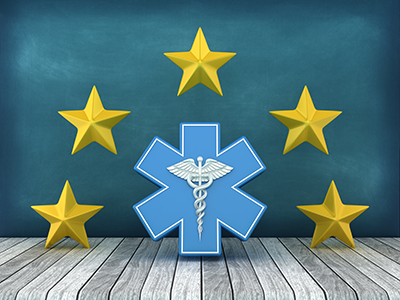A leading cause of injury among children, choking can sometimes be fatal – especially in children ages 4 and younger. Follow these tips to reduce choking hazards.
Stephen Teach, MD, MPH, says most of the choking episodes he and his colleagues see are food-related, particularly among infants and developmentally challenged youngsters who may have swallowing difficulties. High-risk foods include grapes, raisins, certain nuts and seeds, as well as cut-up carrots and celery, popcorn and hard candy.
“Hot dogs are a choking hazard because they’re so commonly cooked and perfectly shaped,” Dr. Teach said, adding that they pose a threat especially to toddlers, children under 4 years old, and should be cut into non-round pieces.
Tips for reducing the risk of food choking hazards
- Create a safe eating environment and avoid certain foods until your child is 4 years old.
- Supervise your child, making sure they are not alone while eating.
- Sit your child upright in a high chair.
- Discourage talking and eating at the same time.
- Cut your child’s food into small pieces until their molars come in.
- Don’t allow your children to run with food in their mouth.
Non-food choking hazards
Common objects children swallow and choke on include toys with small parts and toy foods that look like something that could be eaten.
Be aware of small, round objects that could easily get stuck in the airway, advises Dr. Teach. This includes marbles, coins and small blocks or anything else that may pose a choking hazard to children. The Consumer Products Safety Commission requires labels on toys that pose a choking hazard to children younger than 3.
Non-food items that can be choking hazards:
- Balloons (inflated and deflated)
- Small game parts
- Safety pins
- Jewelry
- Buttons
- Pen caps
- Small button-like batteries such as those used in watches
“This is one of those things where common sense and vigilance are important,” Dr. Teach says. “If it’s too small to give to a child then it’s probably too small to give it to them because it could pose a threat of choking. Be aware that young children can be very aggressive into getting into things so it’s important to keep an eye out, making sure they don’t put anything in their mouth that they shouldn’t.”
Signs your child is choking
Often, when choking, adults will cross their hands over their throats to show they need help. When asked what signs of choking parents should be aware of, Dr. Teach said, “Coughing, gagging, struggling to breath, turning bright red and ultimately blue, and passing out.”
If your child cannot cough out the item themselves, Dr. Teach advises parents to inspect the child’s mouth to look for the object and pull it out, if you can. If your child can not make a sound, call 911 and do the Heimlich maneuver or a series of back blows. If your child swallows something, and their airway is now clear, but there’s concern that a piece may have entered a lung, consult a doctor.
 https://riseandshine.childrensnational.org/wp-content/uploads/2025/06/mom-doing-first-aid-feature.png
300
400
Danielle Robbins
https://riseandshine.childrensnational.org/wp-content/uploads/2017/11/childrens_riseandshine_logo.jpg
Danielle Robbins2025-06-18 15:04:502025-06-18 15:04:50Basic first aid skills every parent should know
https://riseandshine.childrensnational.org/wp-content/uploads/2025/06/mom-doing-first-aid-feature.png
300
400
Danielle Robbins
https://riseandshine.childrensnational.org/wp-content/uploads/2017/11/childrens_riseandshine_logo.jpg
Danielle Robbins2025-06-18 15:04:502025-06-18 15:04:50Basic first aid skills every parent should know


 Stephen J. Teach, MD, MPH, was the Associate Dean for Pediatric Academic Affairs and Chair of the Department of Pediatrics at George Washington University School of Medicine and Health Sciences; and Director and Principal Investigator of IMPACT DC (Improving Pediatric Asthma Care in the District of Columbia), a care, research, and advocacy program focused on under-resourced and largely minority children with asthma.
Stephen J. Teach, MD, MPH, was the Associate Dean for Pediatric Academic Affairs and Chair of the Department of Pediatrics at George Washington University School of Medicine and Health Sciences; and Director and Principal Investigator of IMPACT DC (Improving Pediatric Asthma Care in the District of Columbia), a care, research, and advocacy program focused on under-resourced and largely minority children with asthma.


















Leave a Comment
Want to join the discussion?Feel free to contribute!